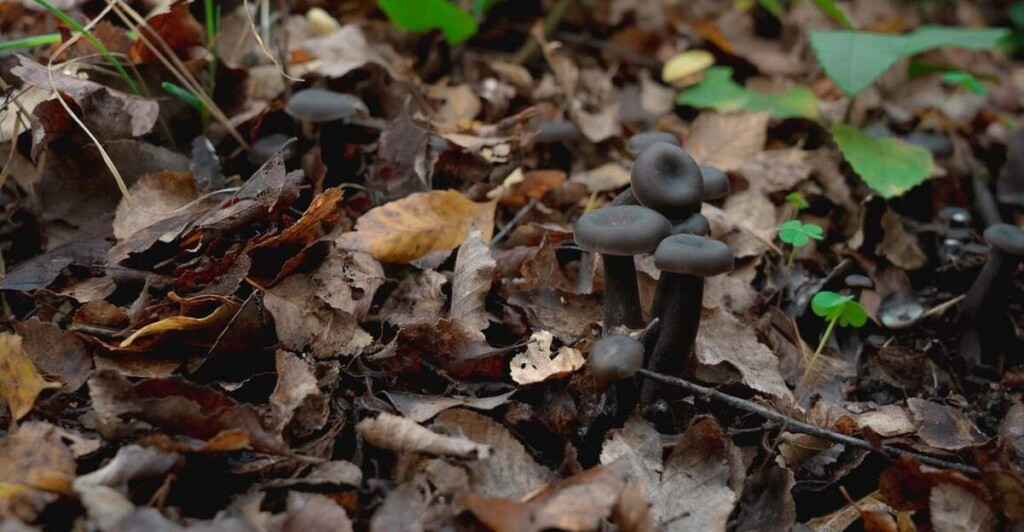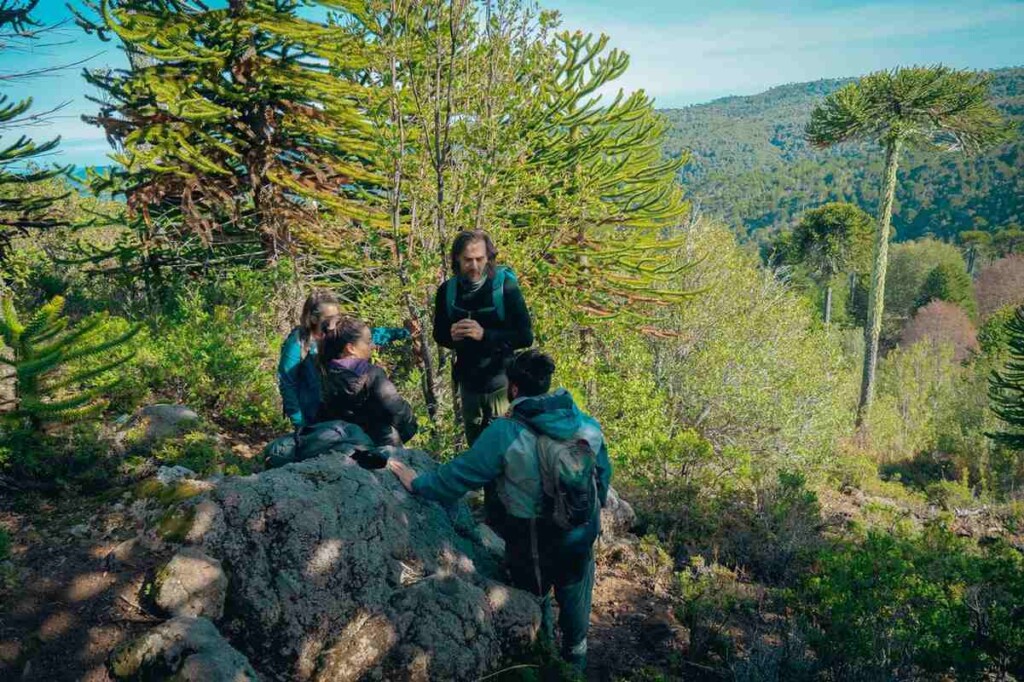 The big puma fungus – credit Rewild, released.
The big puma fungus – credit Rewild, released.The first and only fungus on a global conservation outfit’s ’25 Most Wanted List’ has been found in the rain-soaked mountains of Chile, almost 40 years after it was first documented.
The big puma fungus is actually quite small, and despite being on the ’25 Most Wanted List’ it’s also rather unremarkable, being slightly greyish brown, and no bigger than a shitake.
GNN is always abreast of updates to the brilliant conservation initiative Search for Lost Species which has rediscovered several wondrous species of plants and animals through collaborative scientific expeditions to look for forms of life not seen in over ten years.
The big puma fungus (Austroomphaliaster nahuelbutensis), an enigmatic species of fungi that lives underground in Chile’s Nahuelbuta Mountains had only ever been found in the wild once.
An expedition team from the Fungi Foundation in Chile set out for the temperate forests of the Nahuelbutas in May 2023 to retrace the footsteps of Chilean mycologist Norberto Garrido, who discovered the big puma fungus and described it to Western science in 1988.
They timed the expedition to coincide with the exact dates in May that Garrido had hiked the mountains more than 40 years earlier.
“It’s possible that the reproductive parts of the big puma fungus—the mushroom—are only fleetingly visible above the soil on the same few days each year, which made the timing of the expedition a crucial factor,” said Claudia Bustamante, a mycologist, and member of the expedition team.
The expedition was captured in a documentary called In Search of a Lost Fungus, in which viewers can see how a last-minute day hike organized near a local Nahuelbutas community led to the big puma fungus’ eventual discovery.
On the last day of the expedition, the Fungi Foundation led a workshop and a community hike to look for fungi in a nearby forest. During that hike, two of the local participants found a group of about four mushrooms that all matched the description of the big puma fungus.
 The Nahuelbuta Mountains – credit Rewild, released.
The Nahuelbuta Mountains – credit Rewild, released.The expedition team carefully collected the mushrooms, leaving the mycelium in the ground, and took the mushrooms to the Fungi Foundation’s fungarium (FFCL). Although the mushrooms matched the physical and microscopical description of the big puma fungus, it was a DNA analysis that eventually confirmed the team had found the correct species.
“We knew it was going to be hard to find the big puma fungus and that the chances of finding the mushrooms were low, considering their colors and how they blend with the fallen leaves,” said Daniela Torres, programs lead at the Fungi Foundation and leader of the expedition.
“It was truly a unique moment when we managed to be in the right place at the right time to see the mushrooms. Understanding the biodiversity that exists and interacts within a specific area helps us comprehend its behavior and its potential to adapt to ongoing changes and underlying threats.”
Since 2017, the Search for Lost Species has rediscovered 13 of the world’s most wanted lost species. In addition to the big puma fungus, Re:wild, working with partners across the world, has confirmed the rediscovery of Jackson’s climbing salamander in Guatemala, both Wallace’s giant bee and the velvet pitcher plant in Indonesia, the silver-backed chevrotain in Vietnam, the Somali sengi in Djibouti, the Voeltzkow’s chameleon in Madagascar, Fernandina giant tortoise in the Galápagos, Sierra Leone crab in Sierra Leone, the Pernambuco holly tree in Brazil, Attenborough’s echidna in Indonesia, De Winton’s golden mole in South Africa and Fagilde’s trapdoor spider in Portugal.
WATCH the documentary below…
SHARE This Great Nature Story With Your Friends Who Love Mushrooms…
Source link

